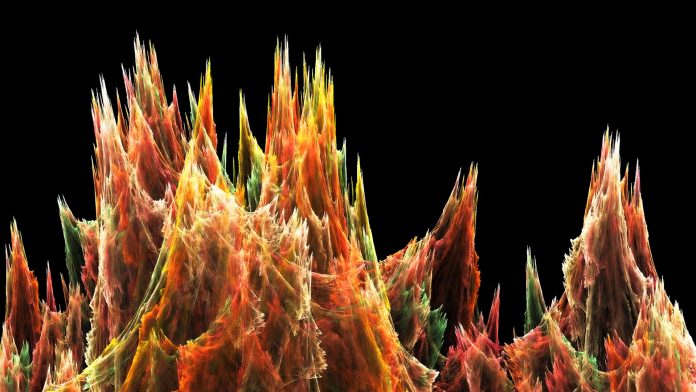Scientists from South Ural State University, Ural Federal University, and the National Academy of Sciences of Belarus have developed a highly efficient composite material for electromagnetic and mechanical protection.
The newly developed composite material is made of a highly elastic synthetic polyurethane polymer and is reinforced with corundum grains (crystalline aluminium oxide), a stable material that is resistant to wear. These materials are not only cost-effective, but their unique properties ensure the strength and flexibility of the composite material. The corundum grains can also reduce the amplitude of electromagnetic waves to extinguish electromagnetic radiation.
Senior researcher at the School of Electronic Engineering and Computer Science of South Ural State University, Denis Klygach said: “As you know, electrical devices create an electromagnetic field, which affects other similar devices. In this case, there is so-called electromagnetic noise, and as a result, interference. Our composite provides a decrease in the amplitude of the electromagnetic wave by more than ten times. It uncouples the electromagnetic interaction between the devices and thus eliminates and prevents interference while providing mechanical protection of the devices from drops and shocks, which has been confirmed by shock tests at a special stand.”
Improving radio engineering and 5G
The research team found that the composite material can successfully weaken electromagnetic radiation and improve the characteristics of radio engineering devices, including those related to cellular communications. The reflection coefficient of electromagnetic waves in the obtained composite is stable over a wide frequency range, from 1 to 12 GHz, and is only 15 dB. This means that the material is suitable for use in various cellular standards, including 4G and 5G.
The composite material was created at South Ural State University where it was then sent to Ural Federal University to be tested for electrodynamic characteristics, dielectric constant, reflection coefficients, and its ability to transmit electromagnetic waves.
“We worked together with a group of scientists under the leadership of PhD researchers from the Institute of Engineering and Technology, Oleg Kudryavtsev and Mikhail Zhikharev,” explained Klygach.
“They made tooling of the appropriate size, controlled the filling of the material, the process of filling with polyurethane. Together, we have determined the optimal particle size for corundum at which crystalline alumina affects the perception of electromagnetic radiation. To confirm the results obtained, repeated measurements of the reflection coefficient were carried out in an anechoic chamber certified according to European standards at UrFU. This provided us with the accuracy we needed.”









